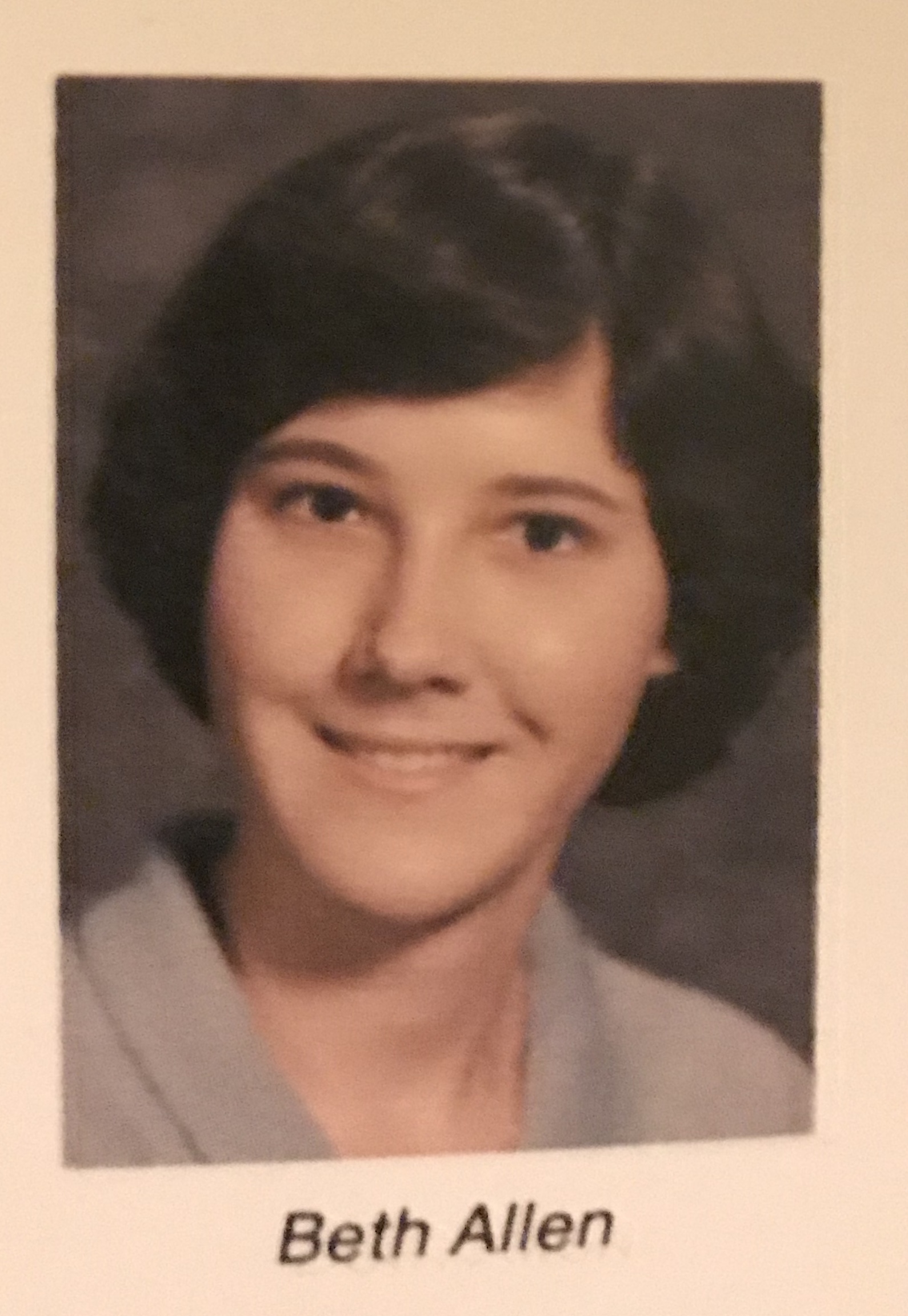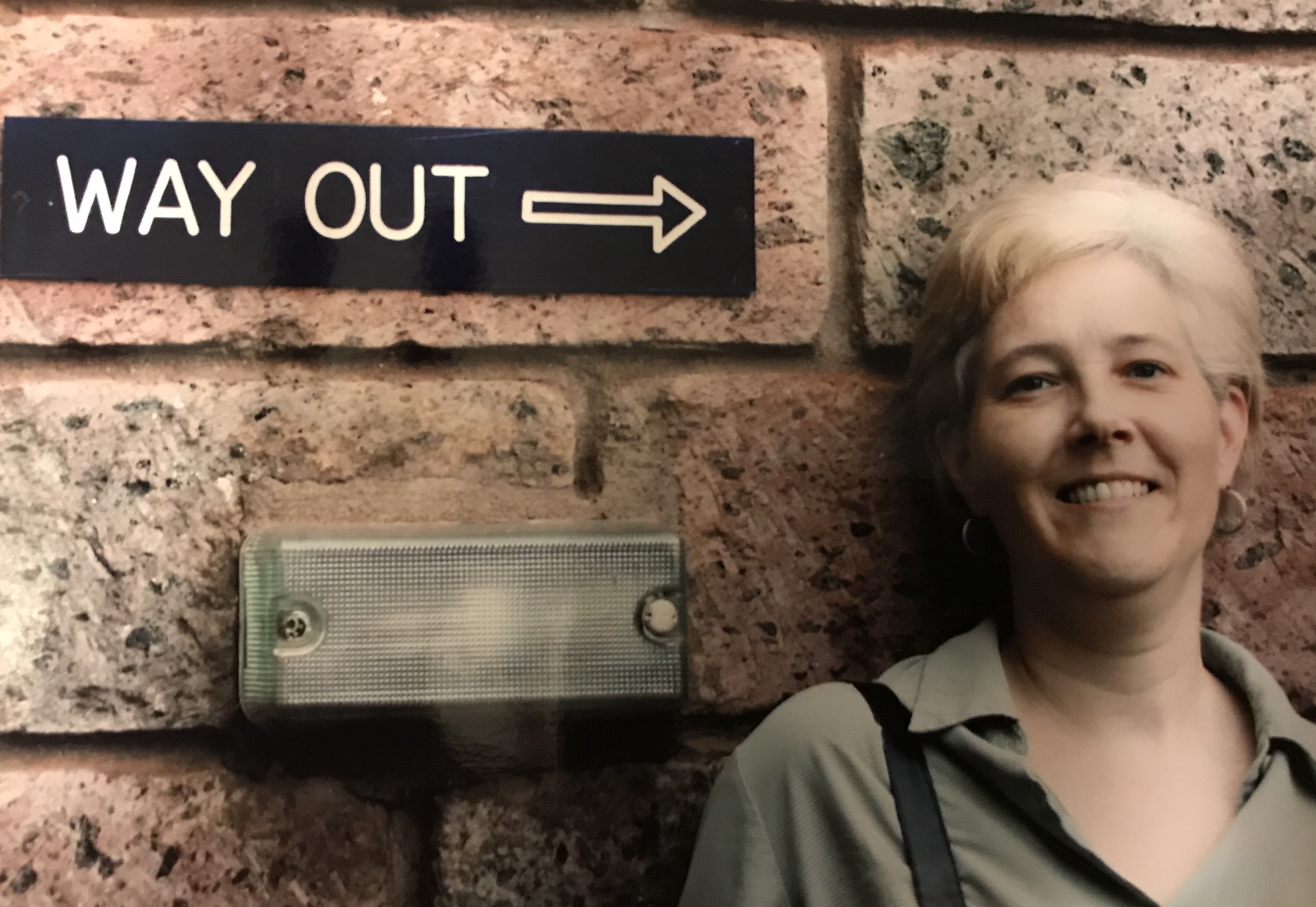To those of you who are longtime readers, and there 100+ of you…sorry for the COVID-induced hiatus. My creativity is coming back. Pandemic, you shall not win 🙂 And in some cases there will be no art. I can’t think of a decent illustrative example for this post unless I buy something. Substack may be in my future.
I’m watching a PBS Nova show on “Ice Worlds” tonight because I just love anything and everything I can inhale about space exploration. It was one of my first loves as a kid. I’ve often joked I ended up working for a global organization because my inability to handle math beyond fractions ended my NASA career before it began. So I limited my “other worlds” to this planet. (My favorite line in the Jodie Foster vehicle “Contact” is, “They should have sent a poet.” Gives me limited hope still. Maybe I’ll be a late-in-life-blooming artist?)
Looking at the historical photos of the control center crew during the Apollo landings of my childhood, and more recent landings like the Perseverance rover in 2020, revealed some shifts that I noticed quickly. There were women in the room, in 2020. There were people who probably do not identify as White/Anglo/Caucasian, as I do. Quite different from the rows of short-haired White guys in white button-downs, ties, and horn-rimmed glasses from the 1960s.
At no point in my growing up did anyone ever say, “You can’t be an astronaut because you’re a girl.”
Good Advice
My parents gently said, your best bet to being in the space program is either in the military or as a scientist, and since we don’t see you as a military test pilot (Lord no, I’d wash out of basic in 24 hours), it looks like science. How do you feel about math and physics?
With time I saw, I don’t want to to that for the rest of my life.
I am not sure why it never occurred to me I couldn’t be an astronaut when there were no female astronauts at the time, and no women in the room at Houston Control. I was blind to the representation aspect that is so important to so many from less advantaged backgrounds. My guess is, my trust and backing from my parents as my guides, and the support from teachers, somehow kept me from questioning whether a person of my gender could explore space.
Oh no. You don’t treat my daughter like that.
One of the few times I ever saw my father deeply, deeply angry, so angry he clenched his jaw and turned away for a moment, was when we were engaged in a routine “So how was school today?” conversation.
I recounted I’d been called to the counselor’s office to set up my classes for junior year. The female counselor asked what I was thinking of professionally, after college. By this time I was struggling in second semester algebra and realized I liked writing better. So I said, “I’m thinking journalism maybe.”
The counselor didn’t even blink. Didn’t give her answer any thought.
“Hmmm, I’d say, why don’t we look at more appropriate jobs for girls? Like nursing or teaching?”
I don’t remember what I said. I’d never heard anyone say before that I couldn’t do something professionally because I was a girl.
So I told my dad about the conversations. Honestly my reaction was, she is an older lady who is clueless. Dad, however, was visibly furious. He hated to ever cut down a teacher in front of us, especially given that maybe 70 percent of my relatives were teachers going back to like, the US Civil War. But this crossed a line.
I tucked that away. More than any conversation I had with any teacher, that blew the lid off what I could do with myself. My dad’s reaction told me, No limits other than my God-given talents and my own weaknesses and foibles.
What I didn’t have to fight
I retell this story to myself at times, because it takes me back to a place where anything is possible. As I move into the “senior discount” years, I’m aware that I’m at a crossroads where once again there are a ton of exciting possibilities.
At the same time, the show tonight made me think, why didn’t the lack of female representation matter in those 1960s Apollo TV broadcasts? Probably because I didn’t realize it was a problem, until Ms. Counselor brought it up. I lived in a bubble where I was protected from people who said I was useless because of some genetic trait I couldn’t control.
And I now think, after years or seeing that my skin color, economic advantages, and passport country make a huge difference in how I’m treated and the options I have, it’s unbelievable what advantages I had growing up. And yes, I hit glass ceilings over the years, but nothing compared to what women hit who grew up without my racial and economic advantages. My dad was irate down to the depths of his soul to hear his daughter was mistreated for being a girl. But there are girls out there in the world hearing and seeing a completely different story from their parents, faith leaders, and teachers. Instead, they hear a story that they are not enough. They’re not seeing themselves portrayed as having agency by the media, either (including social media, where so-called “agency” is largely limited to those who play up paper-thin, falsified fronts.)
All I can say tonight, after thinking on it, is that I want to be the person who says “that’s not right” to a girl who hears her dreams are wrong because she’s a girl. Lord, please put me in the path of any girl who thinks she’s not enough just because she’s female. It’s a way of carrying on my dad’s legacy.

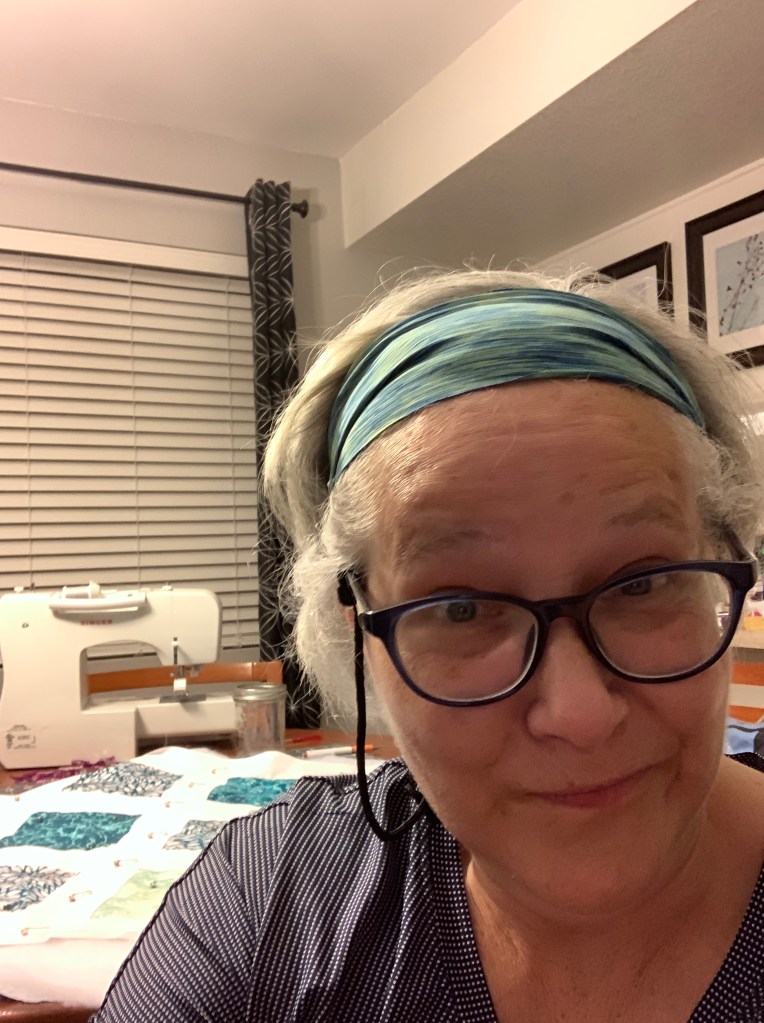
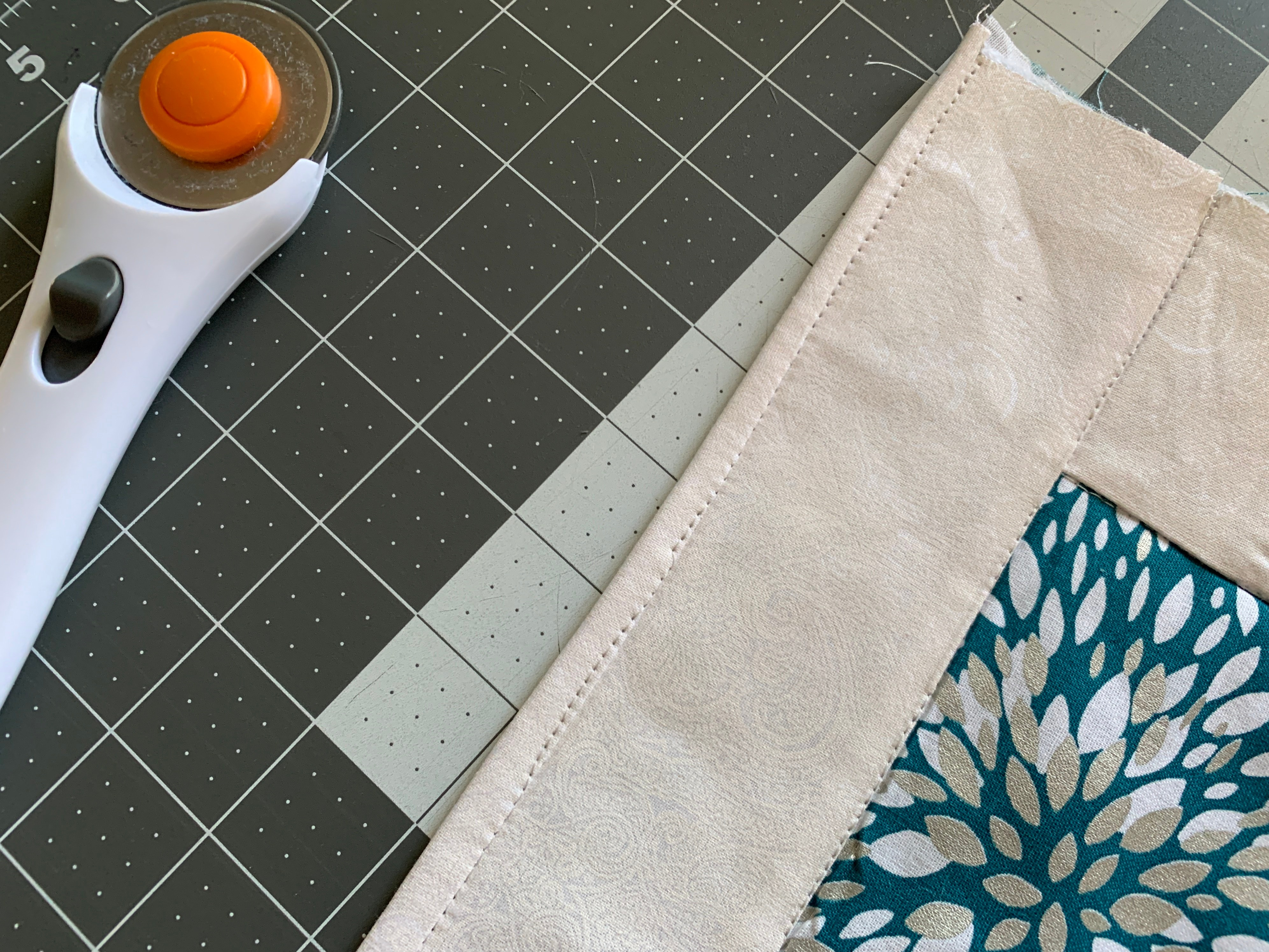
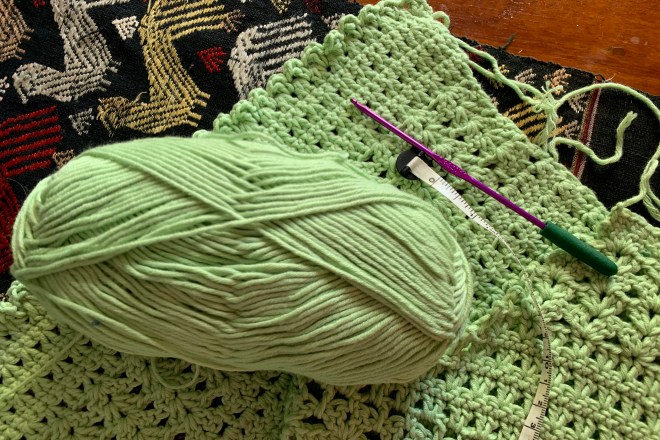



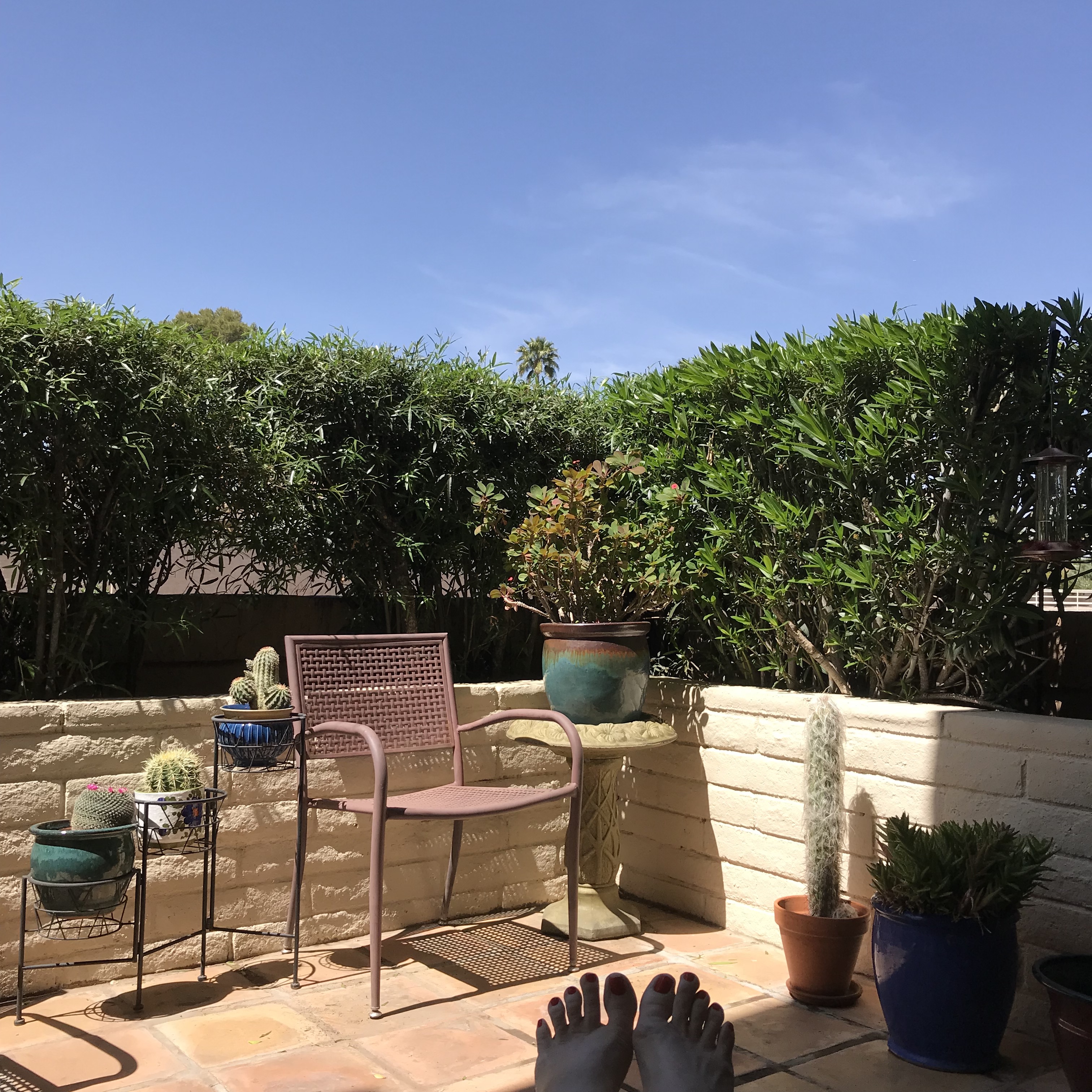 The finished product.
The finished product.





